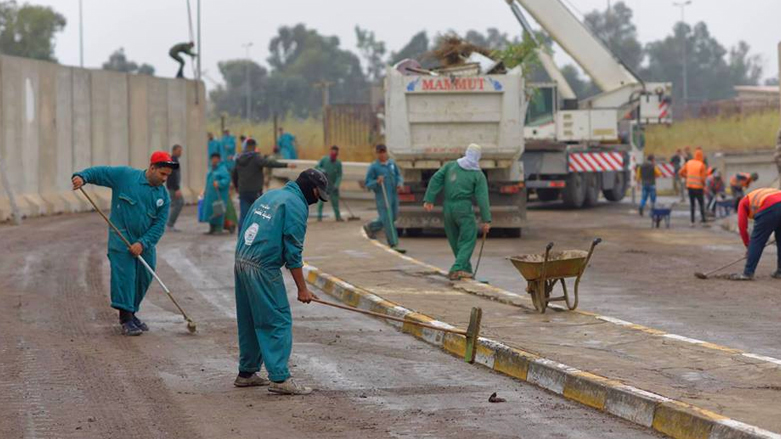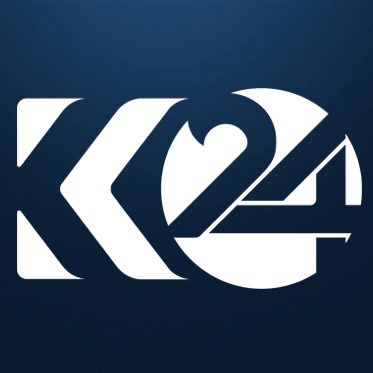Iraq to partially open Baghdad's Green Zone after 15-year closure

ERBIL (Kurdistan 24) – Iraqi municipal workers have begun cleaning streets, pruning trees, collecting garbage, and removing some of the large concrete blocks that surround the heavily fortified Green Zone in central Baghdad, apparently signaling at least a partial reopening to the public after a 15-year closure.
Authorities have not announced the exact time that portions would be reopened or how extensive the opening would be, but security sources and a separate source from Baghdad’s traffic department told Kurdistan 24 it would likely begin on Saturday or Sunday.
A source inside the Green Zone told Kurdistan 24 the extent of the partial opening would, at least initially, include only one or two of the four main roadways into the area and a few main roads inside.
The preparations come after Prime Minister Adil Abdul-Mahdi pledged in October to reopen its walls to regular Iraqis. Although his predecessor had made the same pledge years earlier, it never happened.
The highly-fortified area, also known as the International Zone or “IZ” for short, includes many government buildings and foreign embassies, though significant amounts are located outside in the city as well.
US officials in the Coalition Provisional Authority (CPA) set up the area as a secured perimeter after taking control of the city in 2003. It now also contains the offices of the United Nations and several other NGOs.

It takes up approximately 10 square kilometers, and its borders extend from the neighborhoods of al-Qadisiyah and al-Kindi in the west and the Jimhouriya Bridge and Al-Zawra Park to the north. It lies on the west bank of the Tigris River, which cuts through the center of Baghdad and acts as a natural boundary along the Green Zone’s eastern and southern edges.
Iraqi officials have previously said that staff at the massive US Embassy within the Green Zone have often opposed its reopening due to security concerns, but the announced opening in the coming days appears to be an indication of a relatively improved security situation in Baghdad.
Prime Minister Abdul-Mahdi sought to prove that security was stable in Baghdad by ordering his office moved outside the walls of the Green Zone for the first time. At a press conference in late October, he told reporters: “We want to consider all of Iraq a Green Zone.”
Iraqi forces are expected to increase their presence in the area immediately after the opening.
Editing by Karzan Sulaivany
